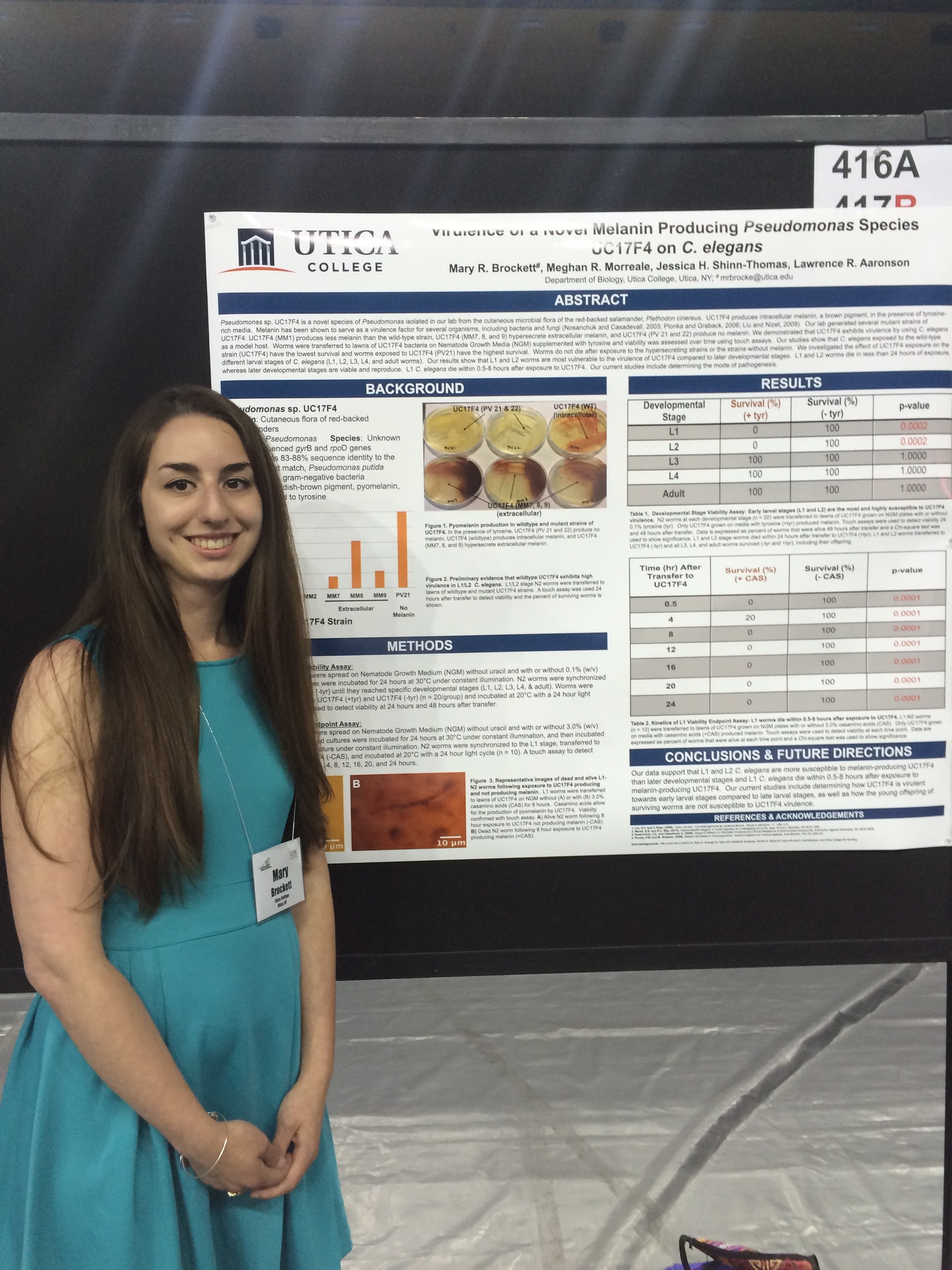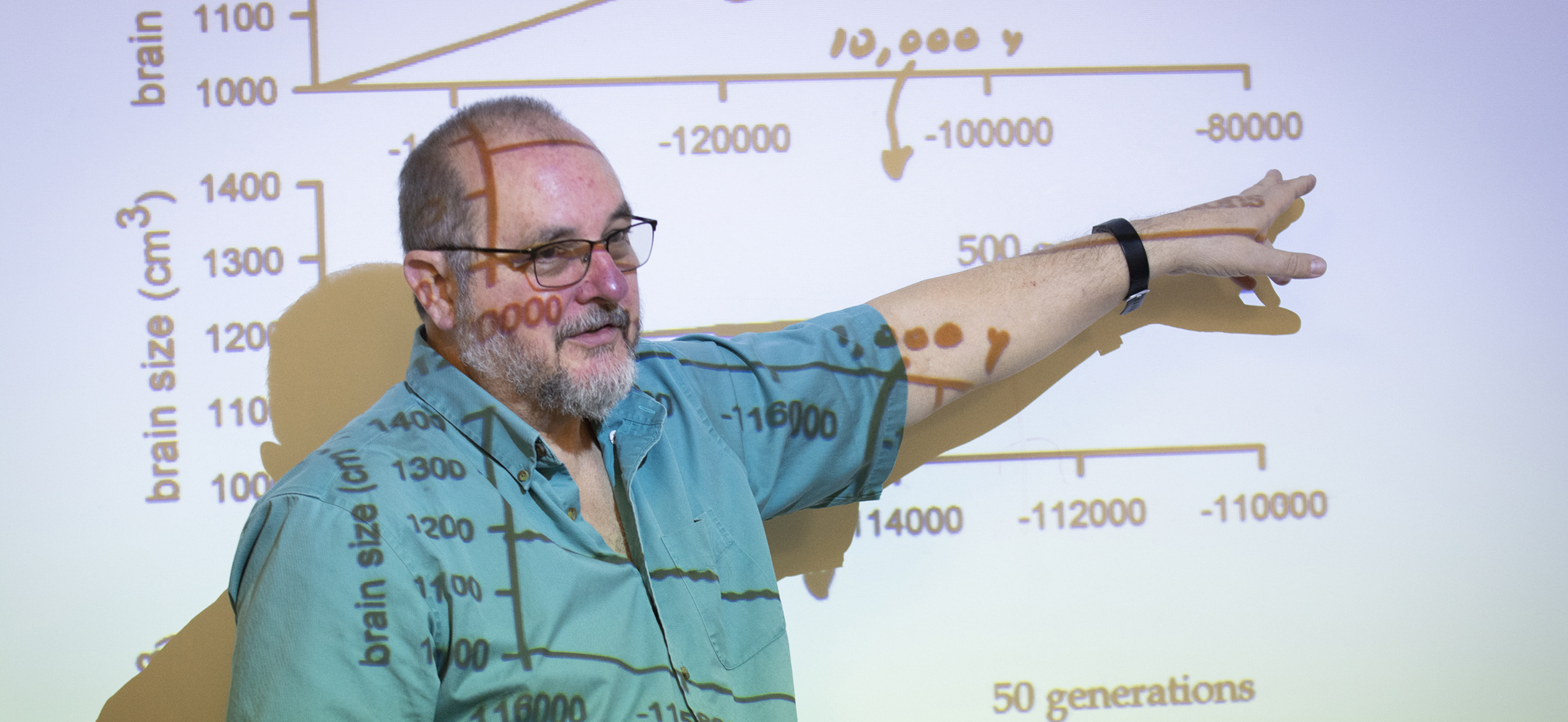
Pseudomonas sp. UC17F4 is a novel species of Pseudomonas isolated in our lab from the cutaneous microbial flora of the red-backed salamander, Plethodon cinereus. UC17F4 produces intracellular melanin, a brown pigment, in the presence of tyrosine-rich media. Melanin has been shown to serve as a virulence factor for several organisms, including bacteria and fungi (Nosanchuk and Casadevall, 2003; Plonka and Graback, 2006; Liu and Nizet, 2009). Our lab generated several mutant strains of UC17F4: UC17F4 (MM1) produces less melanin than the wild-type strain, UC17F4 (MM7, 8, and 9) hypersecrete extracellular melanin, and UC17F4 (PV 21 and 22) produce no melanin. We demonstrated that UC17F4 exhibits virulence by using C. elegans as a model host. Worms were transferred to lawns of UC17F4 bacteria on Nematode Growth Media (NGM) supplemented with tyrosine and viability was assessed over time using touch assays. Our studies show that C. elegans exposed to the wild-type strain (UC17F4) have the lowest survival and worms exposed to UC17F4 (PV21) have the highest survival. Worms do not die after exposure to the hypersecreting strains or the strains without melanin. We investigated the effect of UC17F4 exposure on the different larval stages of C. elegans (L1, L2, L3, L4, and adult worms). Our results show that L1 and L2 worms are most vulnerable to the virulence of UC17F4 compared to later developmental stages. L1 and L2 worms die in less than 24 hours of exposure, whereas later developmental stages are viable and reproduce. L1 C. elegans die within 0.5-8 hours after exposure to UC17F4. Our current studies include determining the mode of pathogenesis.

